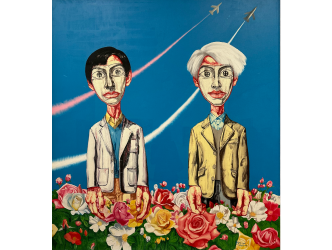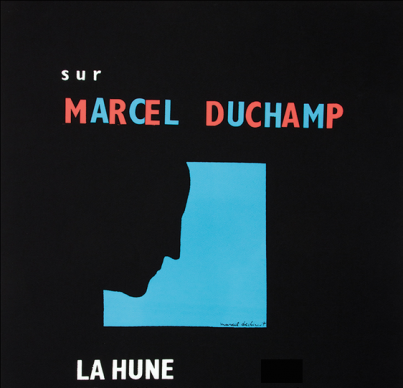Walter Benjamin
Walter Benjamin, the unparalleled theoretician of photography, found the perfect words to describe, since the 1930s, our fascination with images from the past. He wrote: “For the last time the aura emanates from the early photographs in the fleeting expression of a human face. This is what constitutes their melancholy, incomparable beauty. (1)”
Palazzo Grassi
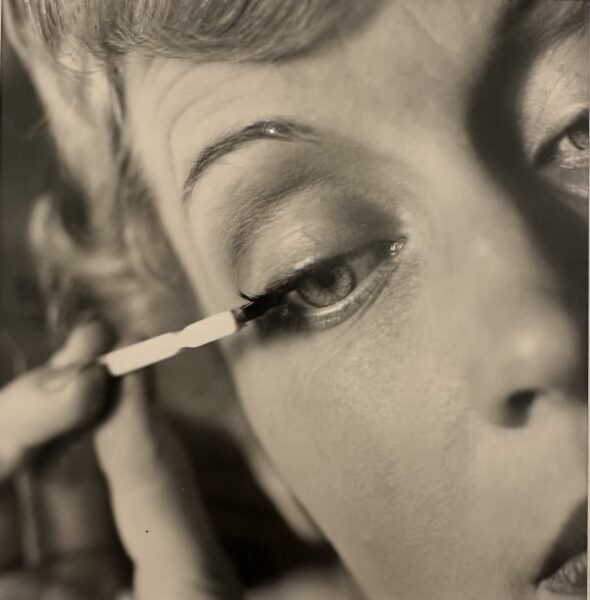
Frances McLaughlin-Gill
In Venice the Palazzo Grassi is exhibiting images in an original layout, made between 1910 and 1979. 407 original prints made by 185 different photographers are hung in a continuous flow (See here and here the last exhibitions at Palazzo Grassi). Always the same format, all in black and white, all placed at the same height. Their auras jostle for position. Melancholy swirls in the mind of the viewer. The 18th-century Italian palace has been taken over by an exhibition made to be navigated in the same way one would take a long time poring over a large picture book.
Conde Nast
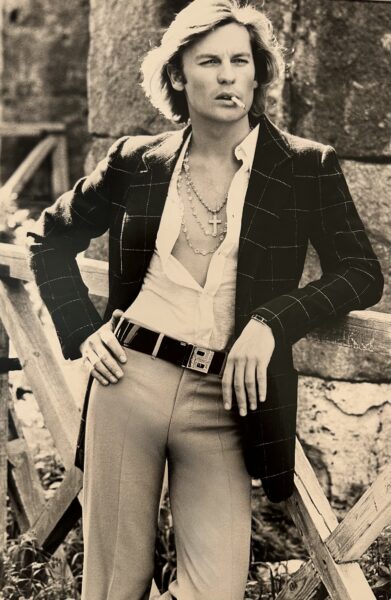
Elisabetta Catalano(Hemut Berger)
All these photos are gathered together under the title Chronorama, and they have a single origin: the archives of the American publisher Conde Nast. With publications such as Vanity Fair, Mademoiselle and House&Garden… they have commissioned a huge pool of talent to illustrate their articles. In 2021, the collector and businessman François Pinault acquired several thousand of these prints which had never been exhibited before. Matthieu Humery, the curator of the show, has made a selection and presented them by decade. Here, the past as seen through the eyes of America discharges its major or minor current affairs, through pictures that are published and unpublished, taken by big names or unknowns.
Philippe Garner
“I started working in the art field in the 1970s. My culture was derived from magazine culture,” explains the great photography expert Philippe Garner who wrote a text in the catalogue of the exhibition. Matthieu Humery’s approach is to introduce no hierarchy or themes into the exhibition. It all starts in 1911 with Mary Walker in New York. A woman dressed like a man, a former heroine of the American Civil War whose portrait was never published. And for good reason: at the time she was outside the law because, as a comment on the back of the print indicates, she was: “the first woman to wear trousers in public”.
Brancusi and Steichen
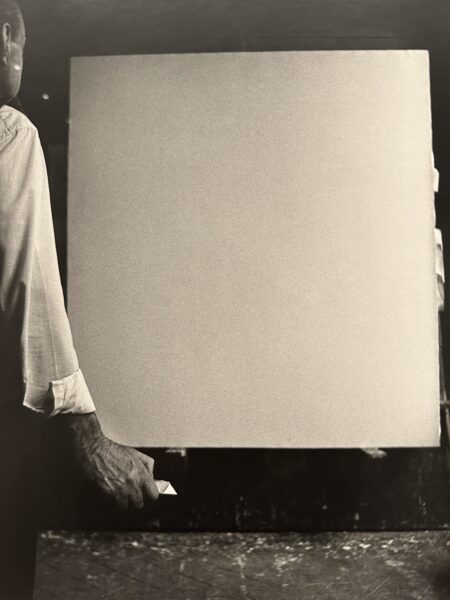
Ugo Mulas (Lucio Fontana)
For the remainder, this was an era when women were deliciously mysterious in their art nouveau outfits, often with eyes lowered. In 1927 a historic trial took place in the United States on the artistic nature of the sculpture “Bird in Space” by Constantin Brancusi. He opposed, as it happens, the American customs authorities who called into question the nature of his work. His friend, the photographer Edward Steichen, would not only act as a witness on this occasion, he also took an exceptional shot composed of masterful shadows surrounding this bronze, almost abstract bird.
Lee Miller
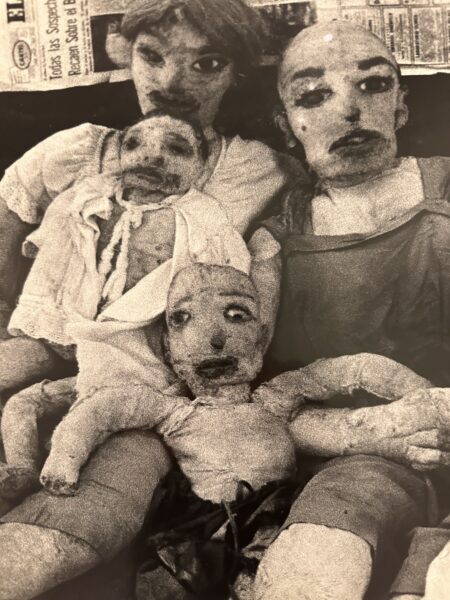
Lisette Model
At the same time the great Steichen immortalized, in fashion photography, the American model with huge blue eyes, Lee Miller. It almost becomes like passing the baton: she herself would go on to become a photographer. It is under her own name that we find her again in France in 1944, when she was present at the interrogation of a woman who’d had her head shaved as punishment for collaboration. The image is perfectly composed, despite the fact it has been taken on the fly. The woman with no hair bites her lips, her eyes downcast.
The Vanderbilts are holding a dinner

Edward Carswell (At the Vanderbit house)
A quarter of the image is made up of a black background that adds to the drama of the scene. Not far away, just on the other side of the Atlantic, the Vanderbilts are holding a very chic dinner: evening dresses, dinner jackets and silverware. The eye moves from one theme to another and ideas create associations, or collide.
Ivan Shaw
“You start to see the conversations between the photos, the dialogue happening in each room and each wall,” observes Ivan Shaw, the Conde Nast Corporate photography director who doesn’t hide the fact that he’s also made discoveries as a result of the exhibition.
Lisette Model and Diane Arbus
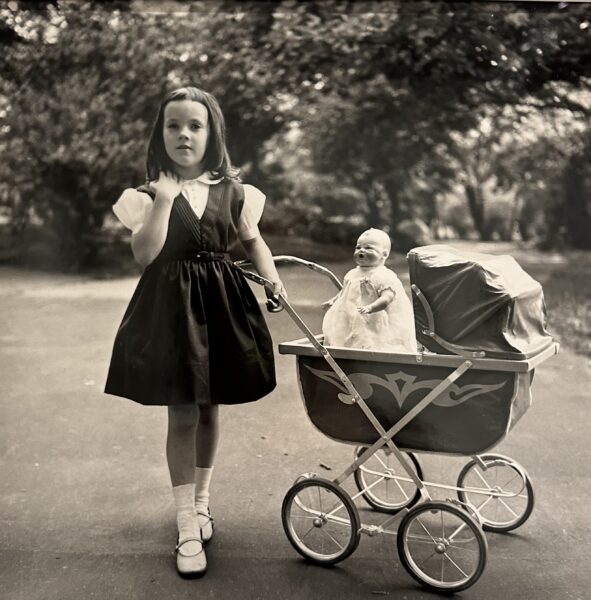
Diane & Allan Arbus
The extraordinary American photographer Lisette Model took photos of a family of dolls by the artist Armando Riveron in 1954. A year earlier, the woman who had been her student, Diane Arbus, chose to make a portrait of a young girl with a baby doll… This exhibition consists above all of a breathtaking gallery of portraits.
Marlene Dietrich
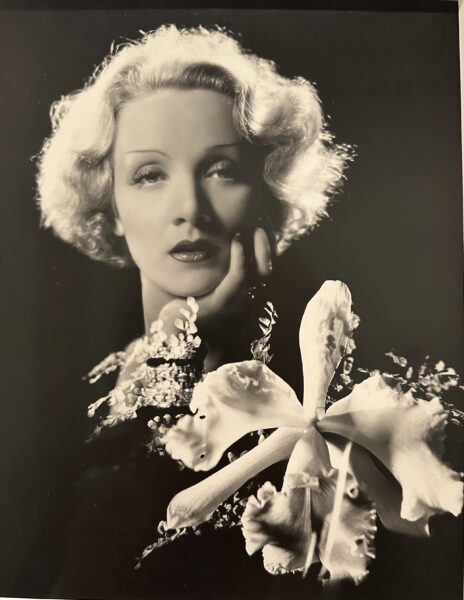
Cecil Beaton( Marlene Dietrich)
One of the most evocative is of Marlene Dietrich in 1932, the ultimate femme fatale, associated by Cecil Beaton with a white orchid. In 1952 Francis Bacon was captured by the lens of John Deakin. The eternal tortured soul poses topless alongside sheep carcasses.
Sinister animals
The caption that accompanied the shot in American Vogue to describe the not-yet-famous painter is prophetic: “Francis Bacon, an extraordinarily powerful painter who favours sinister animals, popes, screaming figures and grey and shadowy people who take on a life of their own.” The artist would go on to be inspired by this atmosphere of butchery for one of his self-portraits. But Bacon would never pose like that again. He said nostalgia…
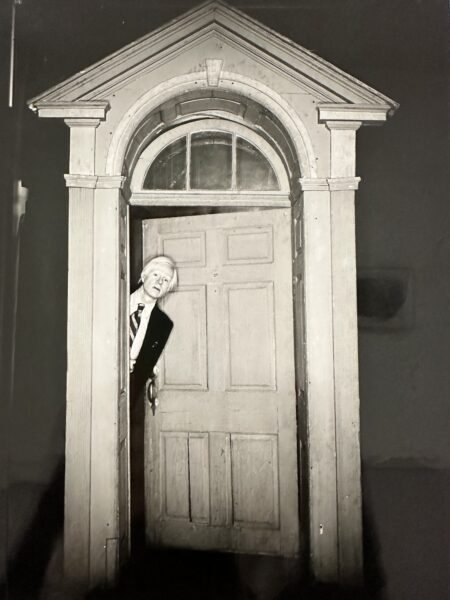
Unknown ( Andy Warhol)
Chronorama. Until 7 January 2024. Palazzo Grassi. www.pinaultcollection.com
Support independent news on art.
Your contribution : Make a monthly commitment to support JB Reports or a one off contribution as and when you feel like it. Choose the option that suits you best.
Need to cancel a recurring donation? Please go here.
The donation is considered to be a subscription for a fee set by the donor and for a duration also set by the donor.


